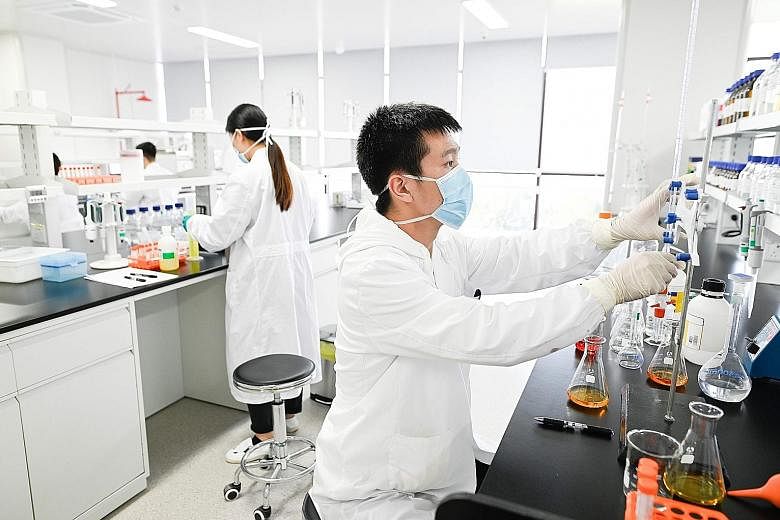A: China has been fast ascending the world league table of science. According to the latest Nature Index, which is based on total publications in 82 top science journals, including Cell, Nature, and Science, China ranks second globally, after the US.
The index also shows that China has been narrowing the gap with the US: With total research output measured by a fractional count of total publications, which gives each co-author an equal share of the article she contributes to, Chinese scientists produced 37 per cent as much as their American counterparts did in 2015; that ratio went up to 67 per cent last year.
Already a subscriber? Log in
Read the full story and more at $9.90/month
Get exclusive reports and insights with more than 500 subscriber-only articles every month
ST One Digital
$9.90/month
No contract
ST app access on 1 mobile device
Unlock these benefits
All subscriber-only content on ST app and straitstimes.com
Easy access any time via ST app on 1 mobile device
E-paper with 2-week archive so you won't miss out on content that matters to you

